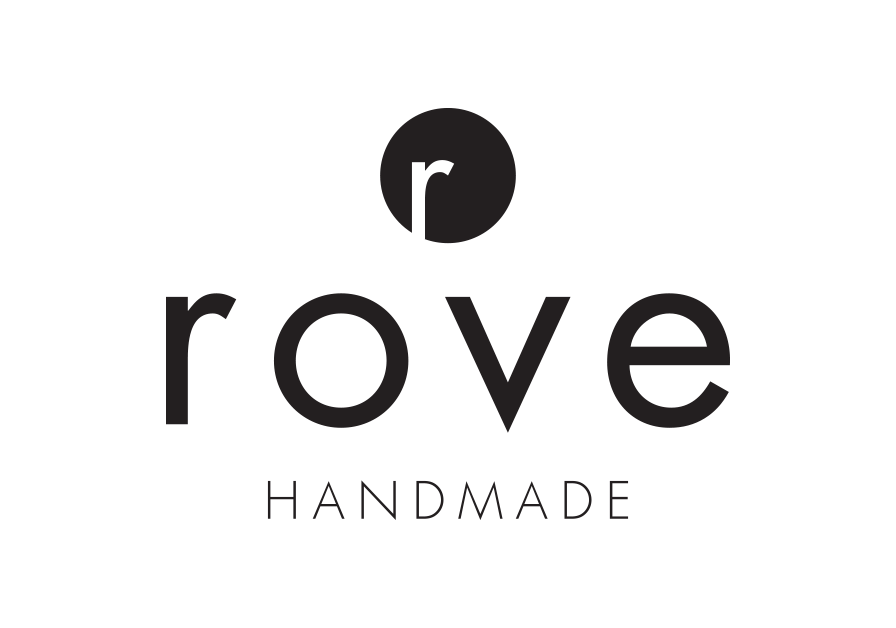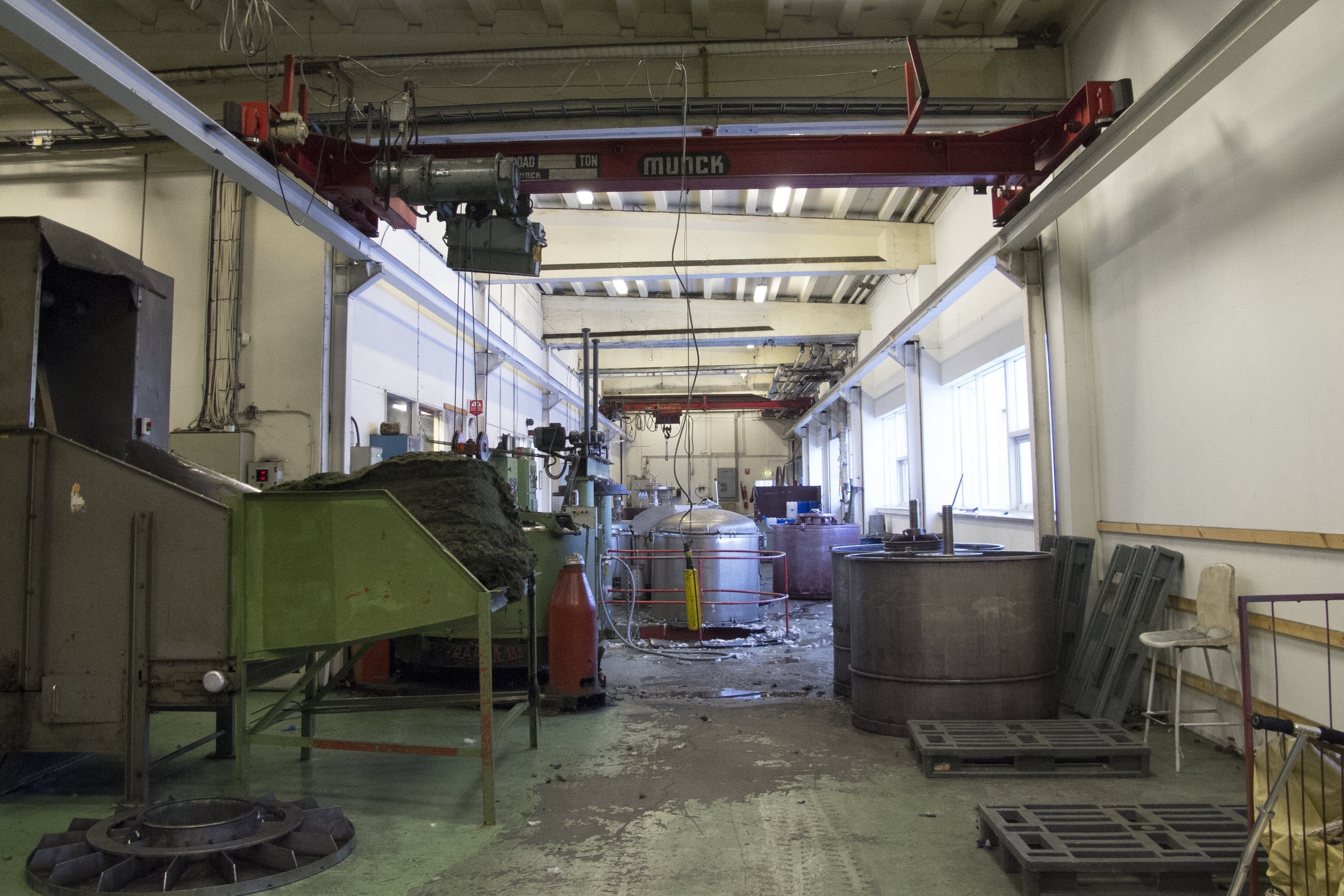You’ve probably guessed by now that I have a soft spot for Icelandic wool (known as lopi) - it really is my favourite fibre, at least so far. I’ve tried other yarns, other fibres, even other wools, but I keep coming back. There’s just so much about it that I love - not least that it's a local, sustainable resource produced right here in Iceland.
Isolated for centuries, the Icelandic sheep remains one of the purest breeds in the world (no other breeds have been introduced here) and its unique combination of fibres – long, glossy outer fibres called tog and fine, insulating inner fibres called thel – result in a wool that is lightweight, warm and water-repellent. Different weights and qualities make it possible to go beyond the ubiquitous traditional knitted sweaters - lopapeysa to the locals - to produce beautiful and durable garments, accessories and homewares of all kinds.
Ístex is the biggest and most well-known manufacturer of Icelandic wool and produces a variety of qualities from lace weight to super bulky. I got to visit the Ístex factory in nearby Mosfellsbær last week and came away with an even greater appreciation of this wonderful wool.
Founded in the early 90s by employees of the original Álafoss wool factory, which it shut its doors in 1991 after nearly 100 years of operation, Ístex is today about 80% farmer-owned. It's these farmers who provide the fleece that gets turned into lopi.
Washed fleece ready for processing
The raw fleece is collected from farms around the country and first sent to the scouring facility in the northern town of Blönduos to be washed before making its way to the factory. Once it arrives at Ístex, it's sorted, dyed, carded and spun into yarn. Minimally processed to keep its natural properties intact, the finished yarn maintains a rugged, natural texture in an earthy palette of undyed shades and neutrals, as well as a wide variety of rich colours.
Vats for dyeing
Dyed fleece ready for carding and spinning
Carding machine
Skeins waiting to be wound
Making the threads before spinning and plying - this stage is what's known as plötulopi
The finished yarns include Einband (lace weight), Léttlopi (worsted weight), Álafosslopi (bulky), Bulky Lopi (super bulky), Hosuband (blended with nylon for extra strength), and my personal favourite, Plötulopi, a single-ply unspun thread that is actually the in-between stage before spinning and plying into the other qualities.
Not only is wool a renewable natural resource and the wool grown here in Iceland mulesing-free, but the dyes used by Ístex are eco-friendly (most are OKEO-TEX 100-certified), and the factory itself produces virtually zero waste - loose fibres that fall to the factory floor are collected and either put back into processing or sold on to other buyers. Add lopi's sheer utility and versatility, and there are so many great reasons to use Icelandic wool.
While I mainly use Ístex yarns in my patterns, there are other, smaller brands out there that are definitely worth checking out as well, such as Helene Magnusson (The Icelandic Knitter), Uppspunni Mini Mill, Hespa (naturally dyed yarns), Gústa (an Icelandic wool/alpaca blend) and Einrúm (an Icelandic wool and silk blend also produced by Ístex).
If you're curious about crocheting with lopi, you can take a look at my patterns which are designed using Icelandic wool or grab yourself a crochet kit with everything you need! For info on where to buy Icelandic wool yarns online, check out the Pattern FAQ page.







